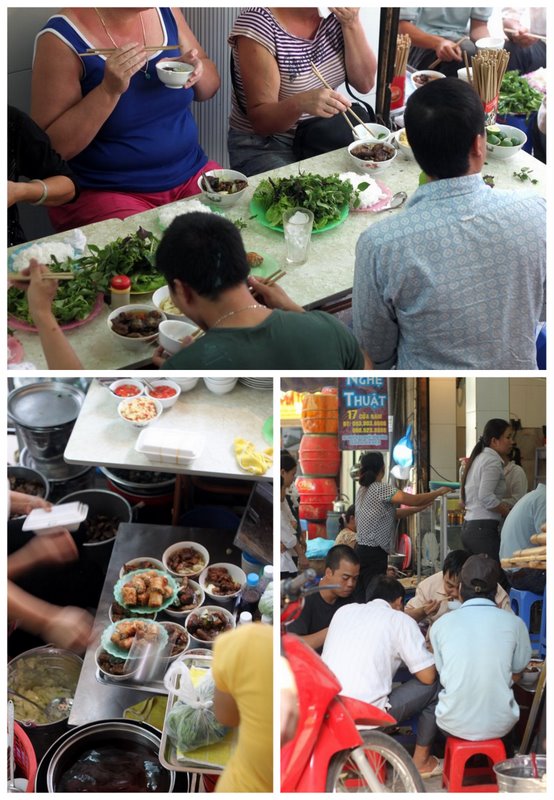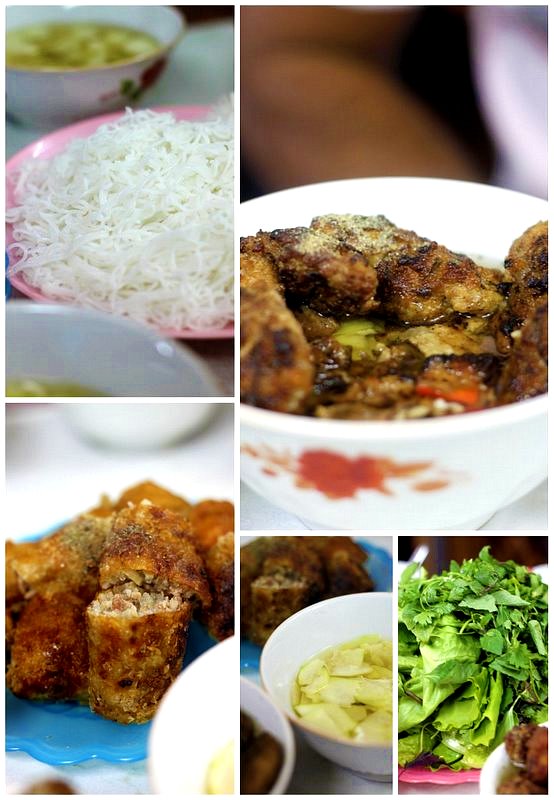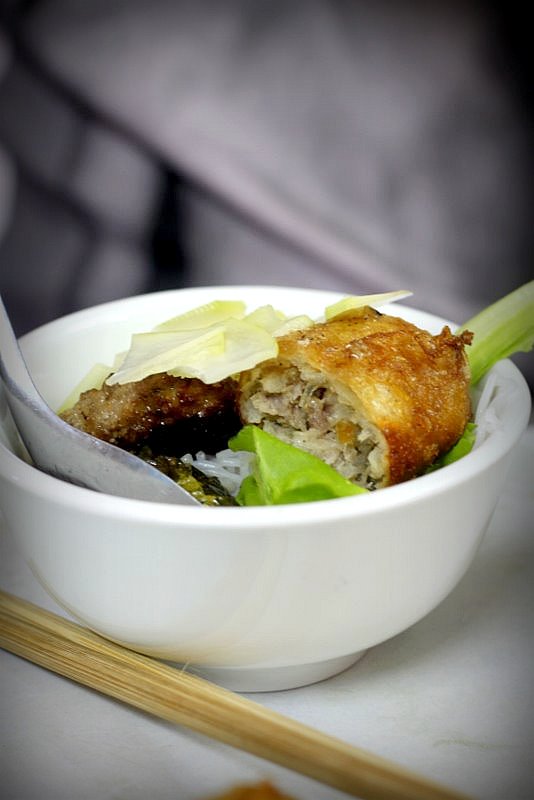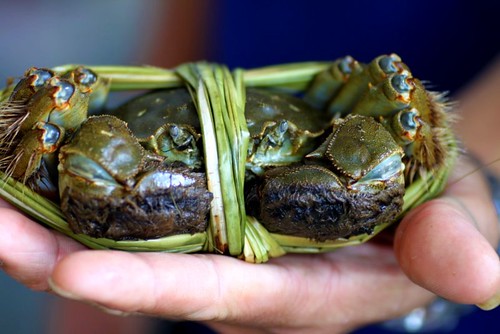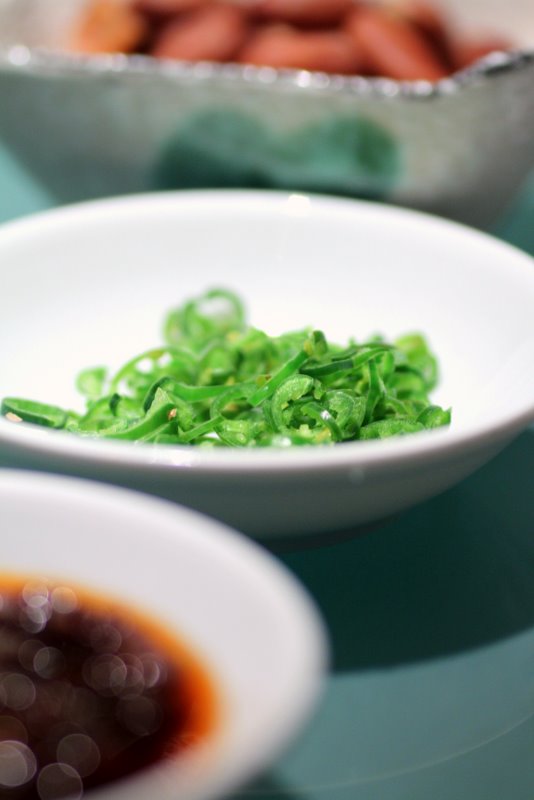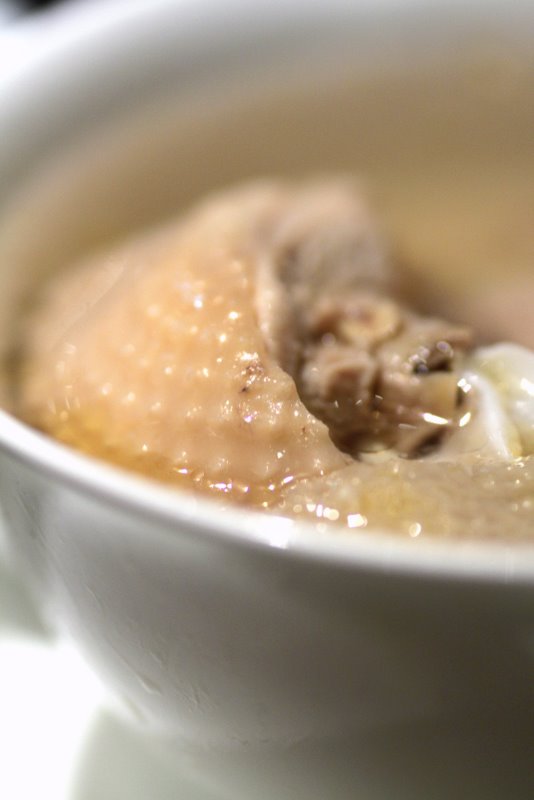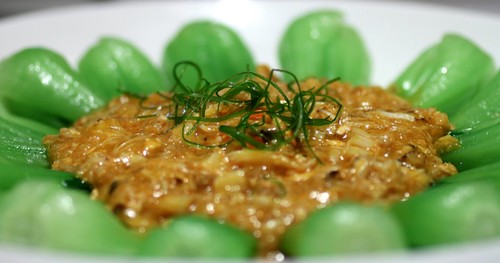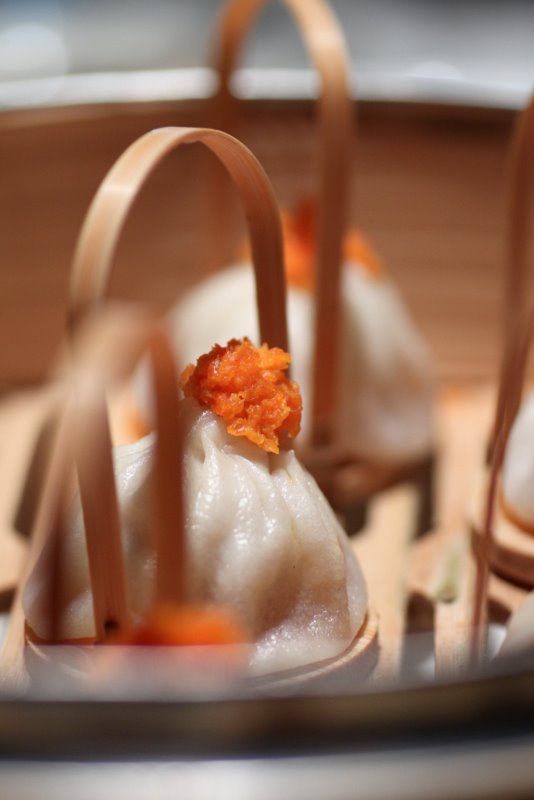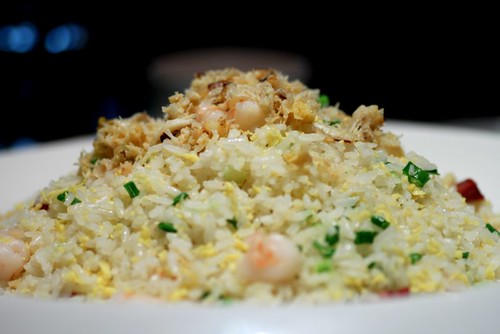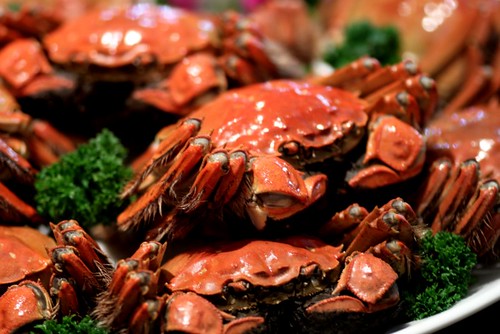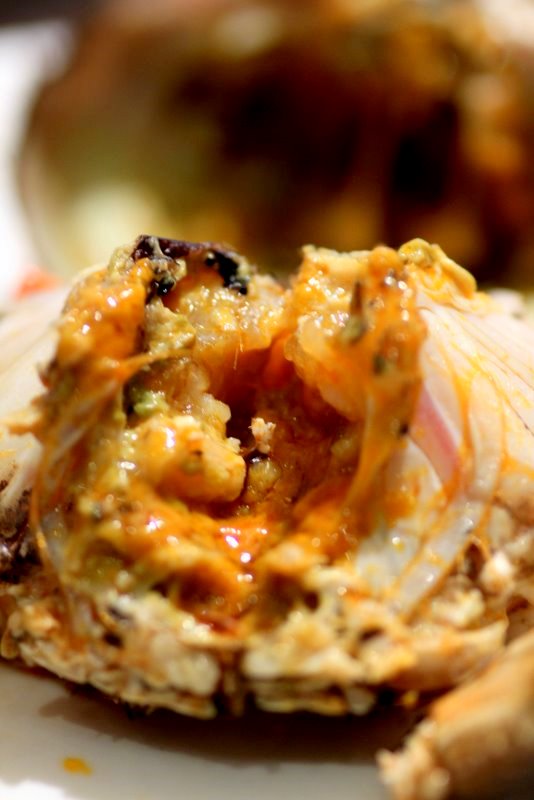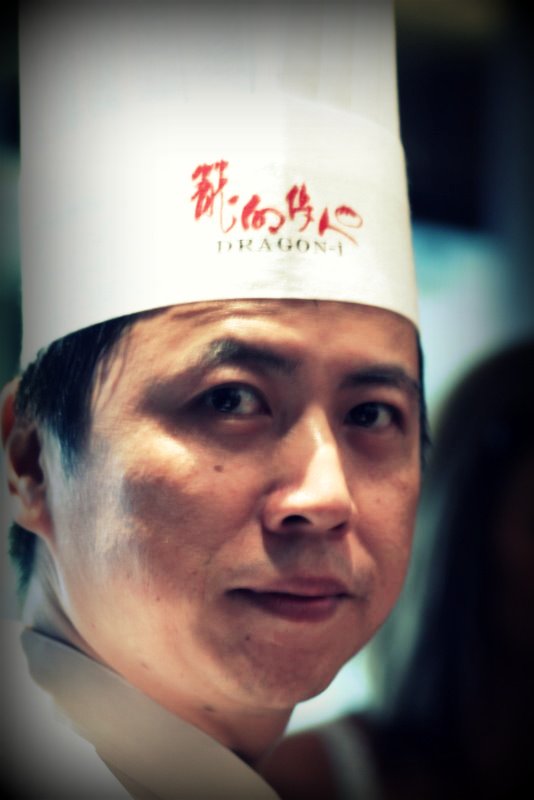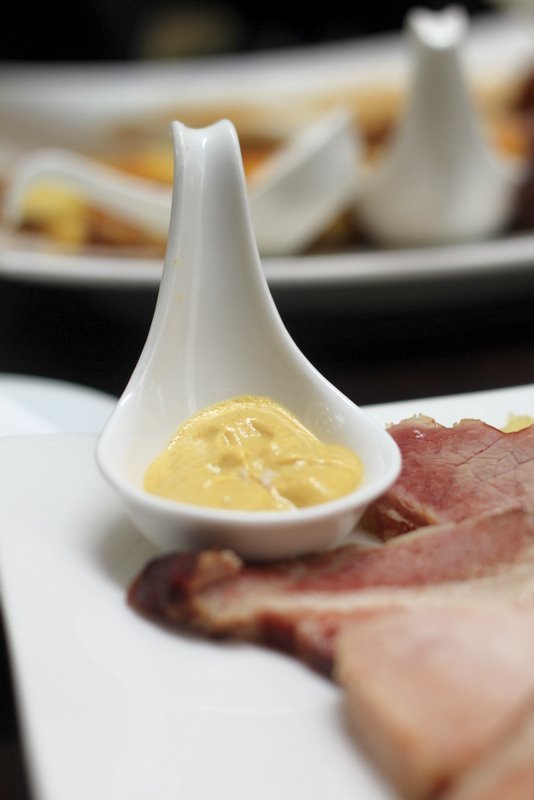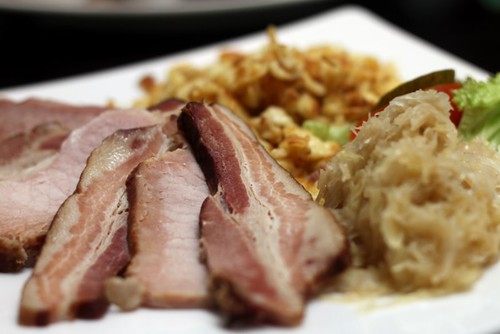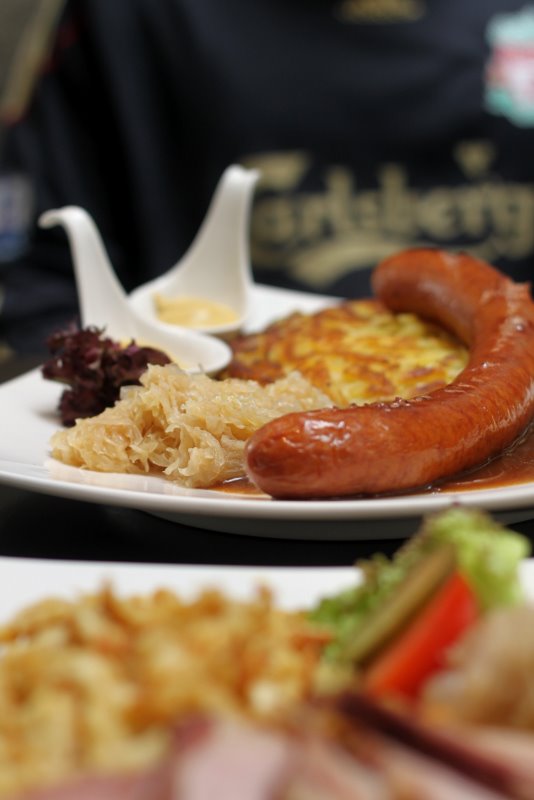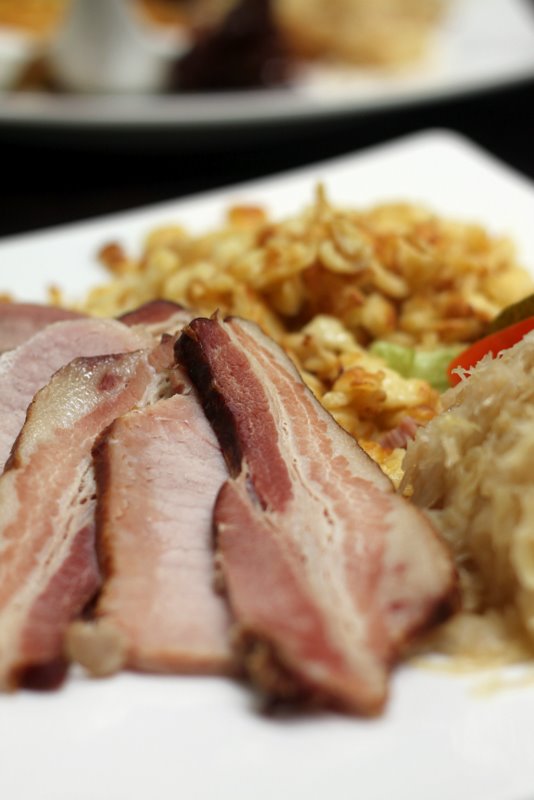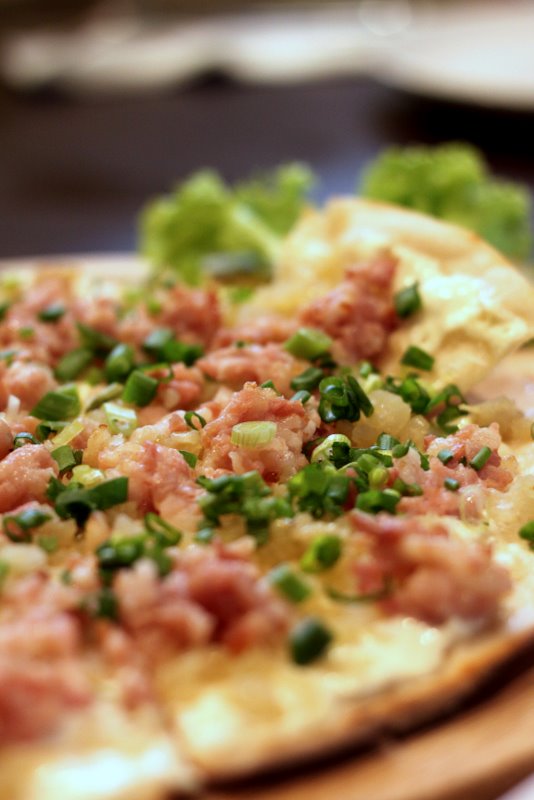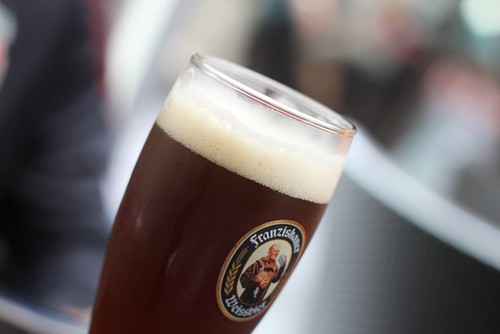The internet has liberated a new kind of beast. In the NST yesterday, it was reported that Ah Longs (loan sharks) used Facebook to humiliate their debtors. Gone are the days of splashing red paint on the doors. It does look like the more access you have to public media, be it Facebook or Twitter or blogging, the more susceptible you are to being victimized. And talking about Facebook, even our Prime Minister has his own Facebook page now. It’s a little unnerving to learn that he likes Ronan Keating’s When You Say Nothing At All. “In my spare time I focus on Sunday family lunches, watching TV with my kids and going on holidays.” I don’t know about you, but this is as bad as finding out that your parents have sex. Anyway, back to Ah Longs and the perils of the internet, it got me thinking of all my misdeeds in the past. About a month back, I was in a car chase with an incorrigibly fractious driver. I had anger management issues then, and decided to snap photographs of the rodent in question (and petulantly indicated to him that I was doing it). Well, he got peeved about being caught on my iPhone, so he reciprocated by snapping my picture instead. A cat and mouse chase ensued and numerous pictures were captured on each other’s cameras. I reckon that photographs of me and my car are floating around the internet by now. I hope he at least had the decency to photoshop my mug to tone down my maniacal expression. (It wouldn’t hurt to make me look slimmer as well.) I have since addressed my anger issues as I’ve realised that the only person I’m hurting when I get upset in traffic is myself. This newfound zen is sometimes forgotten, though. About a week ago, Bald Eagle and I were in Hanoi to celebrate our 9th wedding anniversary. We had obtained free tickets on a particular airlines early this year to fly to Hanoi on the 10th and back to KL on 11 November. We were pleased as Punch with our amazing deal. Lesson learnt post 11 November: A deal is only good when it’s real. In simple terms, there is no such thing as a free meal. The airlines cancelled our return flight without informing us, and I was kicking their flimsy door down with my size 7 feet at the Hanoi International Airport. Other lesson learnt: Size 7 feet don’t create much of a dent. It’s as good as nudging your boobies against the door expecting the door to fall off the hinge.
It’s just as well that our only negative experience occurred at the end of our holiday. I’m not good at hiding my feelings. When I travel, my face lights up in wonderment and I am 21 again, young with wide-eyed naivety. The joy of discovering a new place and meeting new people envelopes my whole being and I’m literally radiating in a warm aura. A pity that I lose it the instant that I am back at work.
Our first meal in Hanoi, at a restaurant located just 20 metres away from our hotel, was bun cha that came highly recommended by Paprika and Sze. Bun cha is generally eaten at lunchtime, and popular restaurants or stalls get filled up pretty fast. Not knowing what to expect, we were ushered upstairs where even more tables were available. Before we could even start with our sign language (English is hardly spoken in Hanoi), several types of receptacles were placed before us.
We merely stared at the array of delicious looking food. A mountainous plate of rice vermicelli, clumped together in a sticky mess, a bowl of pork patties that had just been grilled, evidence of hardened charred bits floating in a soup that tasted of rice wine and fish sauce, a large mound of herbs and greens, some tasting very much like our local ulam, a bowl of thinly sliced young papaya in the same soupy liquid as the pork patties, some coarsely chopped chilli and garlic for more punch, and a plate of nem, crispy fried spring rolls bursting with minced pork.
“So,” I looked to my husband, “how does one eat this?”
Seeing our puzzled look, one of the servers came over and proceeded to pile in the ingredients into our bowls, starting with some noodles, followed by some of the tart sweet savoury nuoc cham sauce to flavour the noodles, then the grilled pork, a portion of spring rolls, some sliced papaya, garlic and chilli and finally topped with the greens. The resultant dish, so quickly assembled, resembled a noodle salad. We ate up everything in sight.
I still have memories of that first meal. We ate a lot more after that; in fact, it was two days of non-stop eating from typical street food to the finest french restaurants. We drank copious amounts of Vietnamese coffee flavoured with sweetened condensed milk. But that first meal hit the mark on my gastronomic quest.
***********
I wonder if one day, there will be an online voting for our favourite Ah Long on Facebook? And whether our Prime Minister will be voting since he has his own Facebook account?
Bun Cha
Hang Manh Street (Old Quarters)
Hanoi


